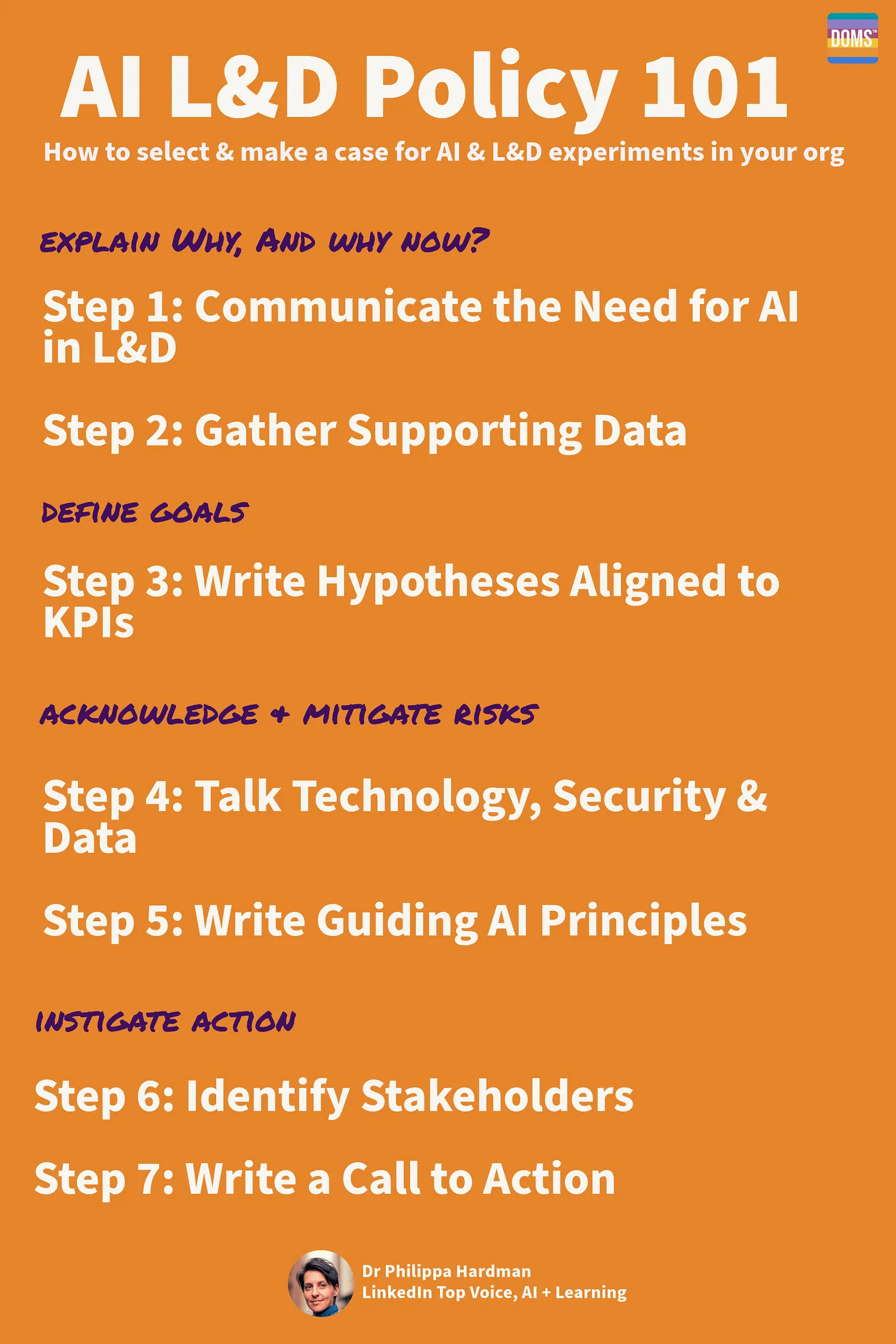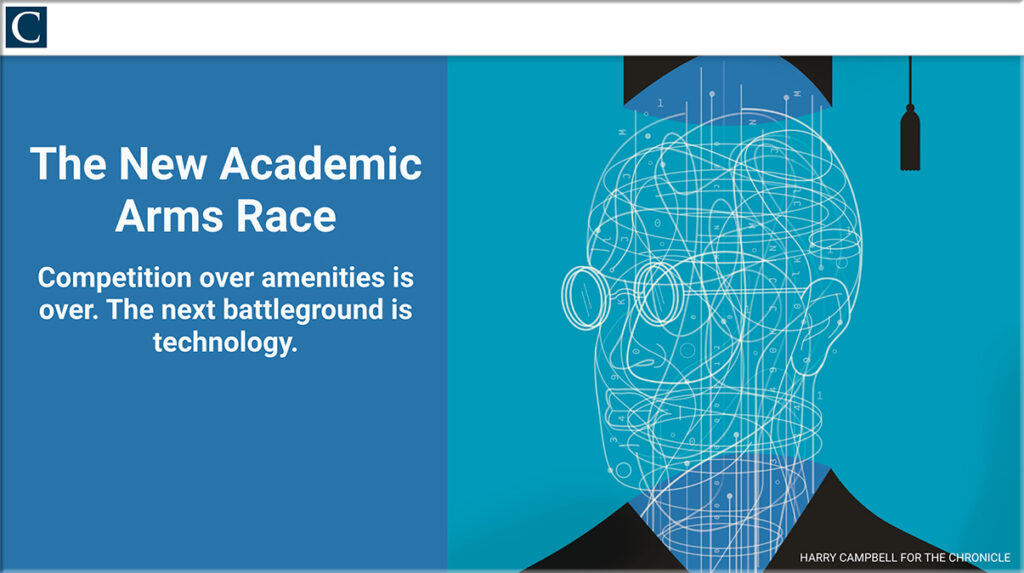More colleges are breaching their debt requirements: S&P — from highereddive.com by Ben Unglesbee
Amid operating pressures, some institutions are struggling to meet financial metrics stipulated in their bond and loan covenants.
Dive Brief:
- A growing number of colleges are breaching bond and loan stipulations, known as covenants, that require them to stay within certain financial health parameters, according to a new report from S&P Global Ratings.
- The agency cited 12 colleges it rates that have breached covenants since last June. In most cases, bondholders waived the violation. Some covenants could allow debtholders to accelerate repayment, which could add to an institution’s liquidity and ratings risks.
- S&P downgraded ratings for about half the institutions with violations, typically because of underlying financial issues. “We see continued credit quality divergence in the U.S. higher education sector, with weaker-positioned institutions experiencing budgetary pressure and covenant violations,” the analysts said.
Student Loan Borrowers Owe $1.6 Trillion. Nearly Half Aren’t Paying. — from nytimes.com by Stacy Cowley (behind a paywall)
Millions of people are overdue on their federal loans or still have them paused — and court rulings keep upending collection efforts.
After an unprecedented three-year timeout on federal student loan payments because of the pandemic, millions of borrowers began repaying their debt when billing resumed late last year. But nearly as many have not.
That reality, along with court decisions that regularly upend the rules, has complicated the government’s efforts to restart its system for collecting the $1.6 trillion it is owed.
Universities Investing in Microcredential Leadership — from insidehighered.com by Lauren Coffey
As microcredential programs slowly gain traction, more universities are looking for leaders to coordinate the efforts.
Microcredentials—also known as digital badges, credentials, certificate, or alternative credentials—grew in popularity during the COVID-19 pandemic. Now they are attracting renewed interest as institutions look to widen their nets for nontraditional students as an enrollment cliff looms.
In addition to backing these programs, some universities are going further by hiring staff solely to oversee microcredential efforts.
A Plan to Save Small Colleges — from insidehighered.com by Michael Alexander
Small colleges could join forces through a supporting-organization model, Michael Alexander writes.
The challenges are significant. But there is a way to increase the probability of survival for many small colleges or spare them from a spartan existence. It involves groups of colleges affiliating under a particular structure that would facilitate both (1) a significant reduction in operating costs for each college and (2) a rationalization of each college’s academic offerings to concentrate on its strongest programs.















